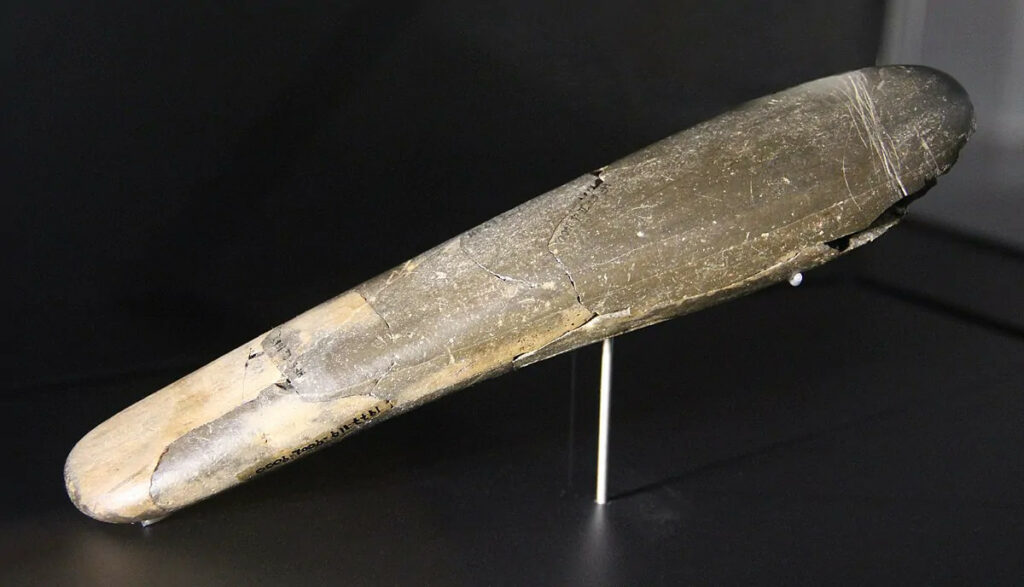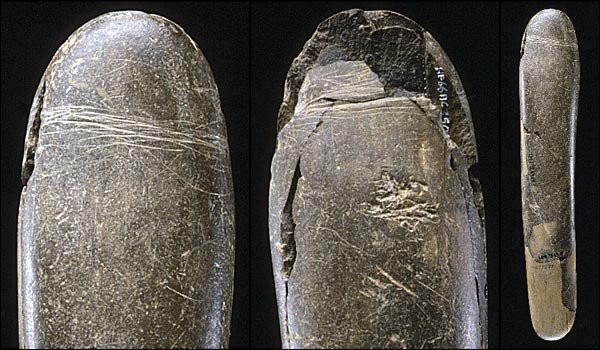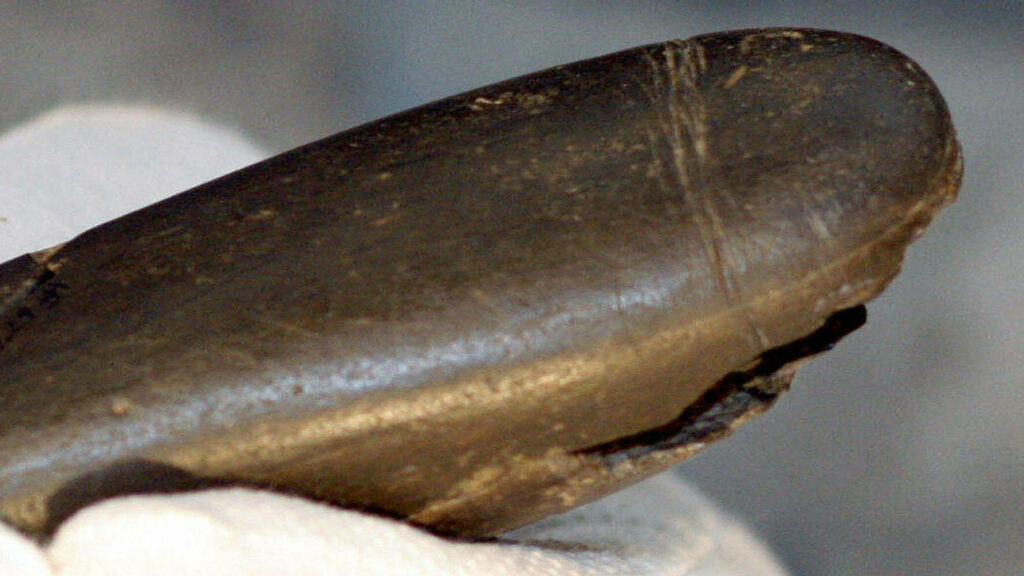In a remarkable discovery, archaeologists have unearthed a polished and carved stone phallus in Germany’s Hohle Fels Cave, believed to be one of the earliest representations of male sexuality ever found. The artifact, measuring 20 cm long and 3 cm wide, dates back approximately 28,000 years to the Ice Age.

A Unique Find in the Swabian Jura
The ancient “tool” was discovered in the renowned Hohle Fels Cave, located in the Swabian Jura region near Ulm. The cave complex, situated more than 500 meters above sea level in the Ach River Valley, has yielded thousands of Upper Palaeolithic artifacts over the years, making it one of the most remarkable excavation sites in central Europe.

Reconstructing the Past
The phallus was found in 14 pieces of siltstone, which were carefully reassembled by the Tübingen team working at Hohle Fels. The fragments were discovered in a well-dated ash layer linked to modern human activity, rather than their pre-historic “cousins,” the Neanderthals.

Symbolic Significance and Practical Use
Researchers believe that the artifact’s unusual design and the engraved rings surrounding one end leave little doubt about its symbolic origins. Professor Nicholas Conard from the University of Tübingen suggests that the phallus may have served as a sex aid, given its lifelike size. Additionally, the artifact shows signs of being used for knapping flints, as evidenced by characteristic scars on its surface.

Rarity of Male Representations
While some slightly older phallic symbols carved from stone have been discovered in France and Morocco, depictions of male genitalia from this historical period are exceedingly rare. In contrast, female images with highly accentuated sexual features are more well-documented across various archaeological sites.
Implications for Early Human Culture
The discovery of the carved phallus in the Hohle Fels Cave underscores the importance of the Swabian Jura region in southwest Germany as a key area for cultural innovation following the arrival of modern humans in Europe around 40,000 years ago. The artifact offers valuable insights into the symbolic and artistic expressions of early human societies during the Ice Age.
